Every SpaceX Starship explosion and what Elon Musk and his team learned from them (video)
If at first you don't succeed, try again.
Spacecraft development is a risky and sometimes explosive business. SpaceX's Starship prototype spacecraft is an example of that. The fully reusable launch system for eventual moon-and-Mars trips is no stranger to explosions, ruptures and failed landings.
The supercut video above shows the main SpaceX failures (some intentional, others not so much) from Starship's early development. At 395 feet (120 meters) the stacked Starship and Super Heavy rocket is the world's tallest rocket, and Starship is designed to do complex flips and maneuvers upon landing.
Many of these failures happened, therefore, simply because Starship is a new system trying to do unusual things. All the same, the footage is clear (and entertaining) example of some of the challenges of spacecraft development. Learn more about each Starship failure and the "lessons learned" below.
Related: See the evolution of SpaceX's rockets in pictures
Starship SN1 tank ruptures in SpaceX pressure test
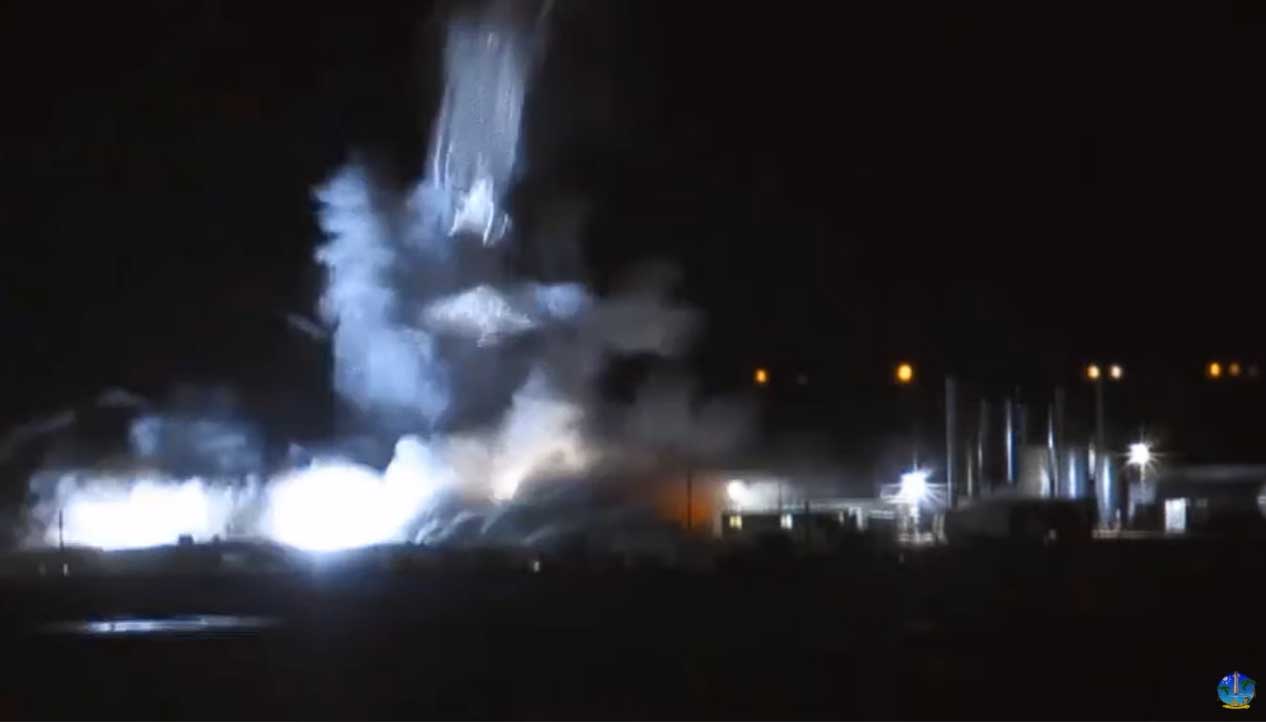
Join the Space.com forums here to discuss SpaceX and space travel. Let the community know what you're thinking!
SpaceX's SN1 prototype burst apart during a pressure test on Feb. 28, 2020 at its launchpad near Boca Chica, Texas. At the time, the prototype was undergoing a liquid nitrogen pressure test. The midsection of the prototype buckled, then shot upward before smashing into the ground.
Video: Watch Starship SN1 burst apart in test
Company founder Elon Musk appeared to take the failure in stride and to be thinking ahead about strengthening SN2, according to a series of tweets posted shortly after the explosion. "So … how was your night?" read one tweet, which accompanied a video of the prototype's death. This was followed by "It's fine, we’ll just buff it out," and then another tweet that said, "Where's Flextape when you need it!?"
Starship SN3 breaks apart in SpaceX test
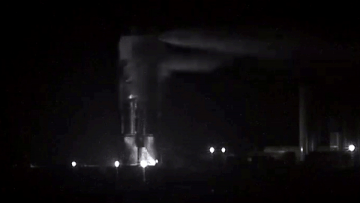
Another cryogenic pressure test for prototype Starship SN3 (the SN2 test article was fine) did not go to plan, either. Starship SN3's prototype tank collapsed on April 2, 2020. SN3 was trying to show that it could withstand the high pressure of very cold fuel that is loaded in ahead of launch.
Video: Watch SpaceX's Starship SN3 collapse in test
In a tweet, Musk said that SN3 had passed an ambient temperature test the night before. "We will see what data review says in the morning, but this may have been a test configuration mistake," Musk said in a follow-up post, adding in another tweet, "Some valves leaked at cryo temp. Fixing & will retest soon."
Starship SN4 explodes after SpaceX engine test
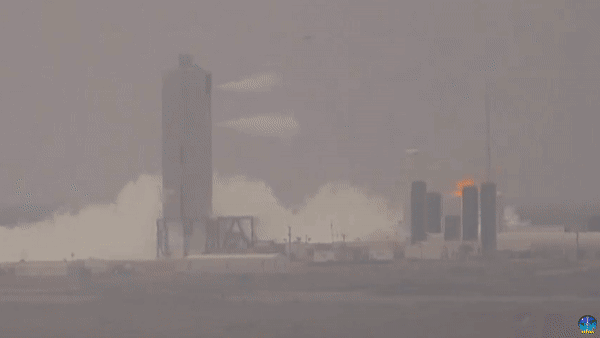
SpaceX's next prototype, Starship SN4, had a fiery explosion on May 29, 2020 very soon after a rocket engine test. The dramatic failure happened only a minute after a short test of its Raptor rocket engine, but immediately after the explosion it was unclear what caused the conflagration. Just like with past explosions, Musk kept saying the company keeps learning from each test and forging ahead.
Video: Watch Starship SN4 explode in a massive fireball
That said, the Starship SN4 was by far the longest-lived and most-tested Starship prototype at that time. SN4 survived five static-fire engine tests before exploding.
SpaceX pops Starship SN7 tank on purpose
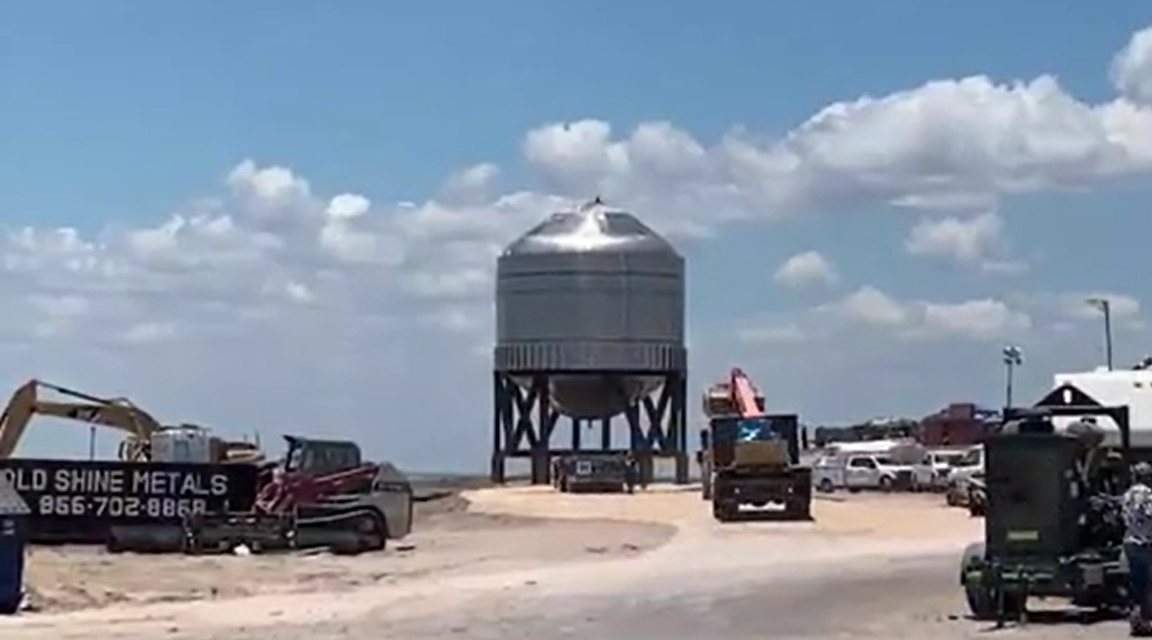
After the loss of Starship SN4, SpaceX developed the SN5 and SN6 prototypes before moving on to SN7, which the company intentionally pushed to failure.
The Starship SN7 prototype tank ruptured during a pressure test on June 23, 2020 but this one was a planned failure. SN7 had finished another pressure test just a week before, resulting in a leak; the second test was far more showy given the planned explosion.
Video: Watch SpaceX pop the Starship SN7 tank on purpose
The first test of the SN7 Starship tank, which leaked but did not explode, was a promising sign for the program's development, Musk said in comments on June 15, 2020. The company is shifting from 301 stainless steel to 304L, he added.
Starship SN8 crashes in a fireball landing
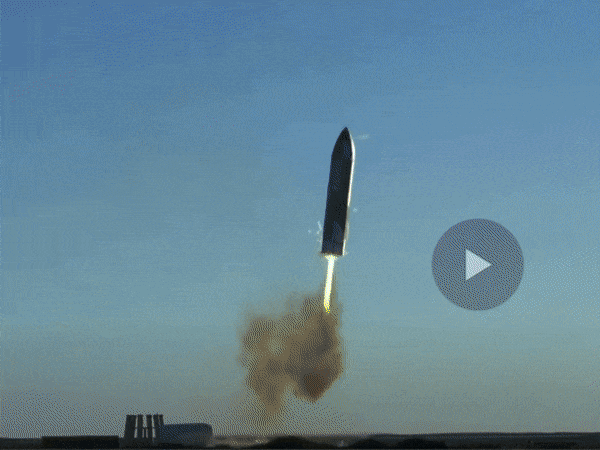
The SN8 prototype made a dramatic flight on Dec. 9, 2020, successfully hitting several milestones before failing to stick the landing and erupting in a fireball. The prototype launched to an altitude of about 7.8 miles (12.5 kilometers) using its three Raptor engines.
At peak altitude, the rocket shut down its engines and performed a "belly flop" for a glide to the launch pad. After firing its engines once more before touchdown to attempt an upright landing, though, the rocket landed too fast due to lower than expected fuel tank header pressure.
Video: Watch SpaceX's Starship SN8 launch and explode on landing
Musk was pleased with the progress. "SN8 did great!" Musk wrote on Twitter on Dec. 9. "Even reaching apogee would've been great, so controlling all the way to putting the crater in the right spot was epic."
Starship SN9 flies high and comes down hard
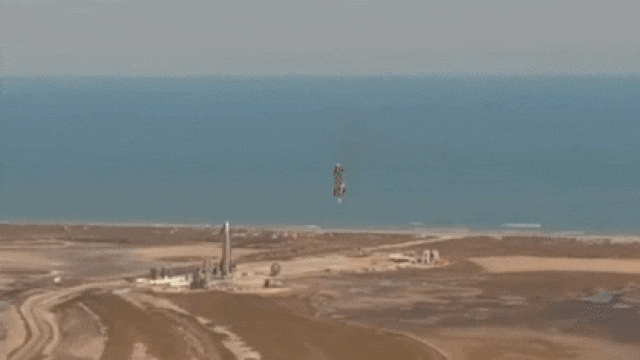
SpaceX's Starship SN9 managed to climb even higher than SN8 on Feb. 2, 2021 before experiencing its own fiery explosion upon landing. It reached its target altitude of about 6.2 miles (10 kilometers) and did a complex horizontal flip to simulate re-entry to Earth's atmosphere. But it hit the landing site too hard after 6.5 minutes of flight, resulting in a catastrophic end.
Video: Watch SpaceX's Starship SN9 crash hard in landing
"Again, we've just got to work on that landing a little bit," SpaceX principal integration engineer John Insprucker said during SpaceX's launch webcast. "We got a lot of good data, and the primary objective — to demonstrate control of the vehicle in the subsonic re-entry — looked to be very good, and we will take a lot out of that," he added.
Starship SN10 touches lands, then explodes
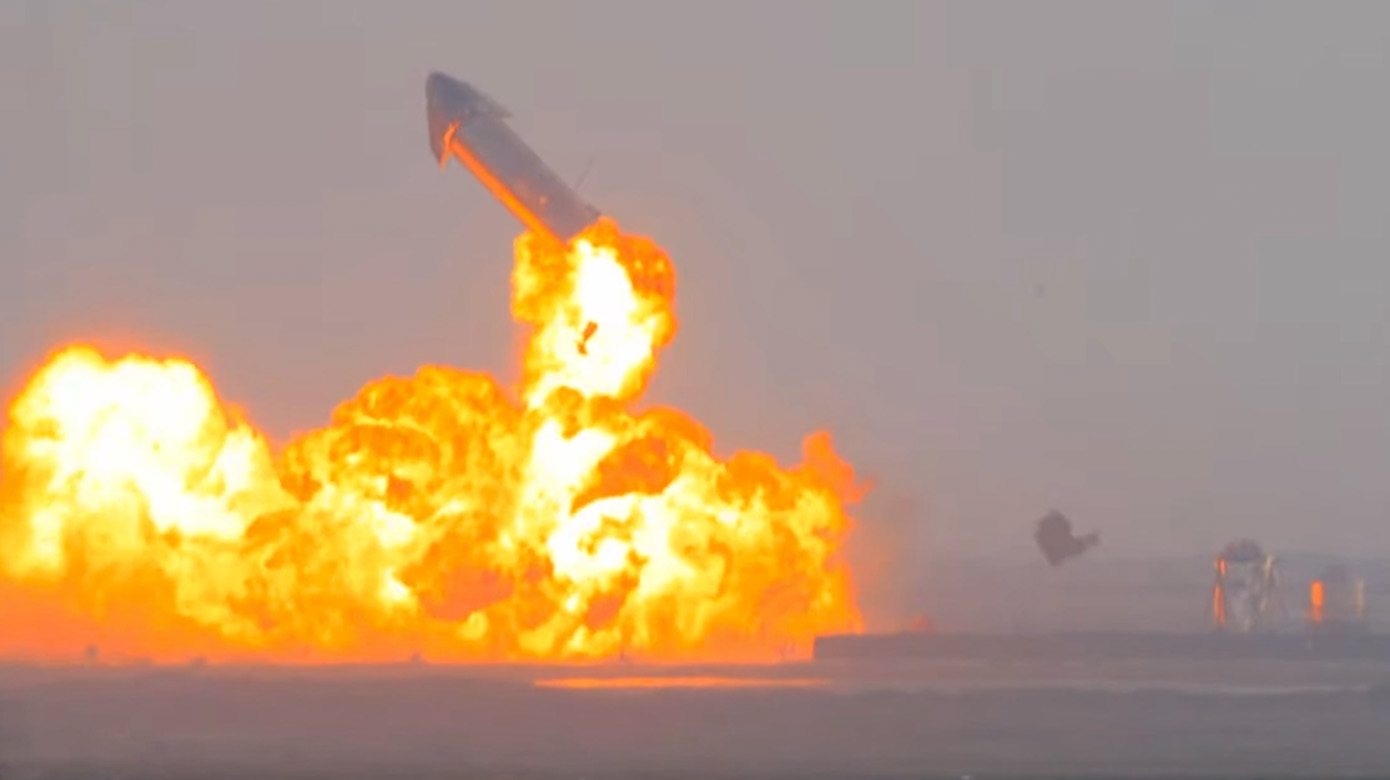
Doing one better over its predecessor SN9, the prototype Starship SN10 soared to its planned altitude of 6.2 miles (10 kilometers) on March 7, 2021, did the horizontal re-entry flip practice, and came back to the ground for a smooth touchdown. Unfortunately, some flames were visible near SN10's base shortly after landing and the vehicle soon exploded on the launch pad.
Video: Watch SpaceX's Starship SN10 ace its landing, then explode
Musk later said on Twitter that the spacecraft came in a little too fast for the landing, due to low thrust likely caused by an issue in the fuel header tank. The hard landing crushed the legs of the landing system, along with part of the engine skirt. The resulting damage led to the explosion a few minutes later.
Starship SN11 crashes during landing
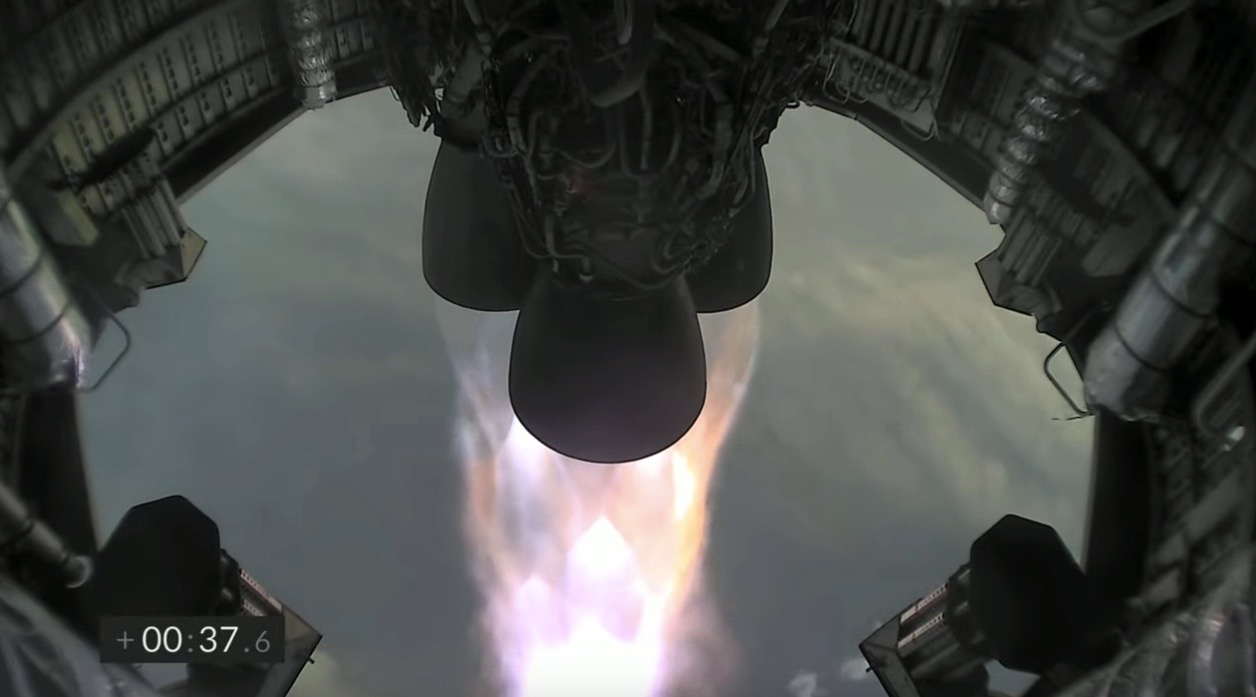
On March 30, 2021, SpaceX's Starship SN11 lifted off in thick fog only to meet a similar fate of its SN10 predecessor.
Like SN10, Starship SN11 flew to an altitude of 6.2 miles (10 km) and then returned to Earth for a landing attempt. Six minutes into the flight, its onboard cameras cut out. Apparently, it exploded above the landing pad before making it back to Earth.
Video: Watch SpaceX's Starship SN11 launch in fog
"Looks like we've had another exciting test of Starship Number 11," John Insprucker, launch commentator for SpaceX, said during the broadcast. "Starship 11 is not coming back, do not wait for the landing."
Elon Musk later wrote that engine 2 of the three Raptor engines on Starship SN11 experienced problems during ascent that only got worse when it reignited for the landing burn. "Something significant happened shortly after landing burn start. Should know what it was once we can examine the bits later today," Musk wrote at the time on Twitter.
After the failure of Starship SN11, SpaceX stood down from launches for a time as it worked through several more iterations. Then, a breakthrough.
Starship SN15 survives launch and landing
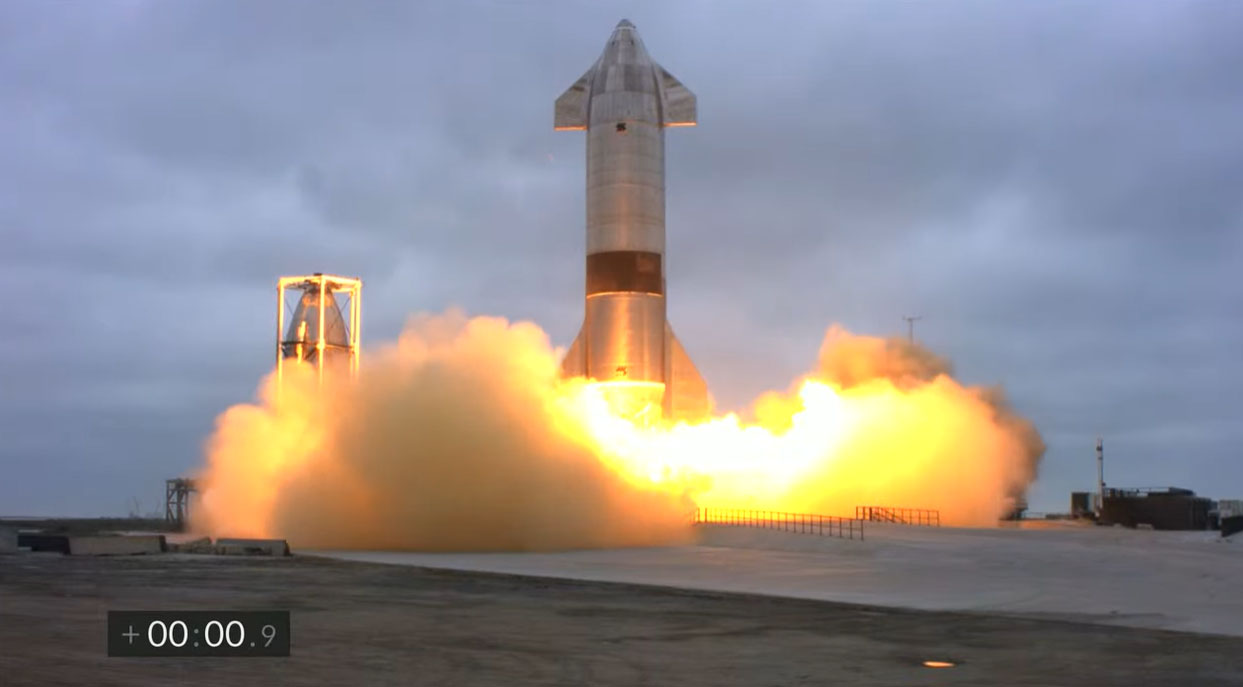
On May 5, 2021, SpaceX made a Starship triumph when its Starship SN15 prototype launched and landed safely, and didn't explode afterwards.
The test flight, which occurred on the 60th anniversary of the launch of Alan Shepard, the first American in space, showed off all the lessons SpaceX had learned to that point while developing Starship.
Video: Watch SpaceX's Starship SN15 launch and land safely
"SN15 has vehicle improvements across structures, avionics and software, and the engines that will allow more speed and efficiency throughout production and flight: specifically, a new enhanced avionics suite, updated propellant architecture in the aft skirt, and a new Raptor engine design and configuration," SpaceX representatives wrote in a description of the flight.
SpaceX has since moved on to more Starship prototypes and its booster, the Super Heavy, as it aims for a potential orbital flight. In August 2021, SpaceX stacked its Starship SN20 atop a Super Heavy for the first time, making the world's tallest rocket.
Starship orbital launch attempt
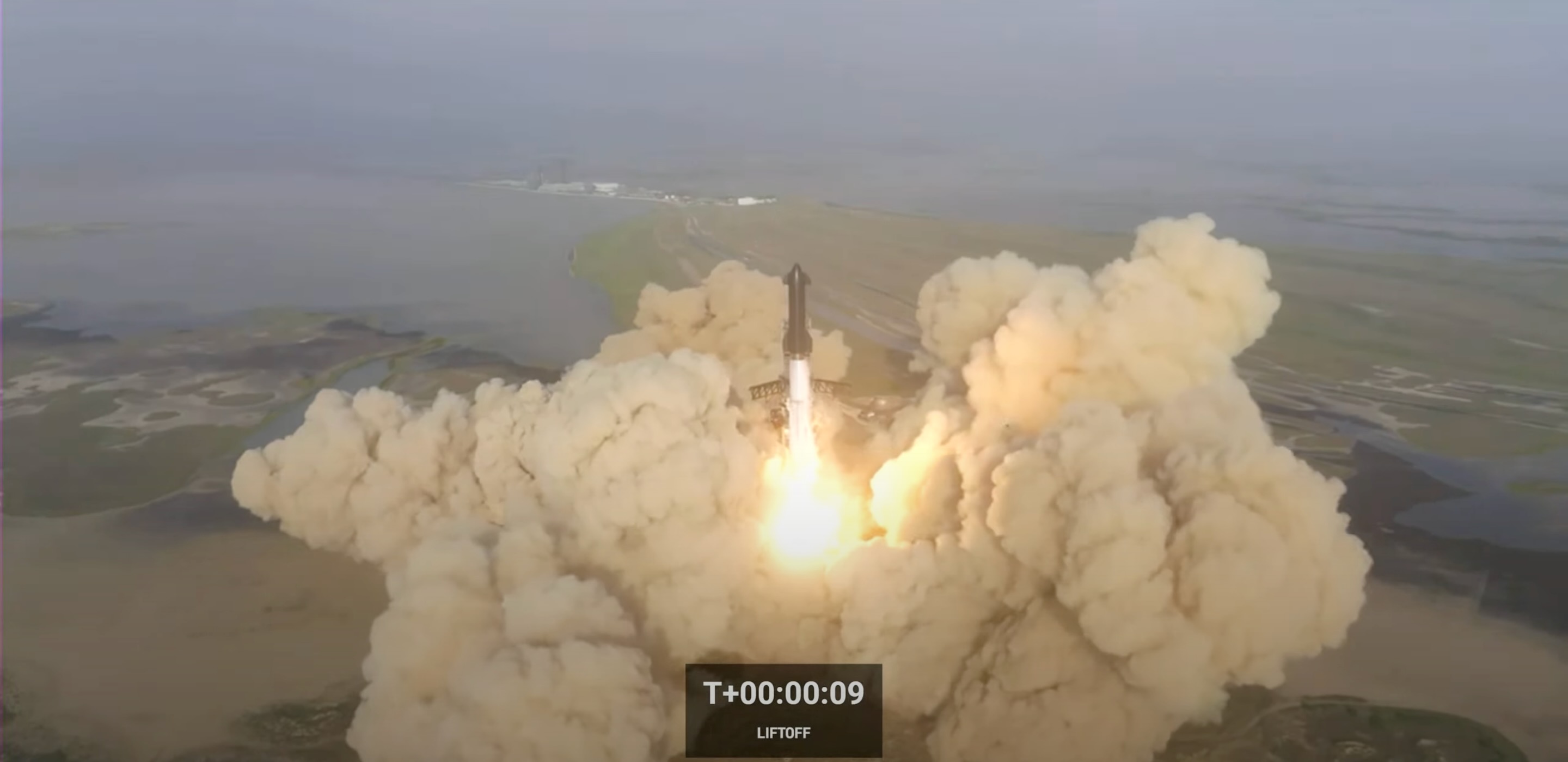
Starship had an exciting journey for the four minutes it flew on April 20, 2023, which marked its first-ever orbital launch attempt in which it left the pad. The rocket took off from Starbase but experienced a problem around stage separation time about three minutes after launch.
Instead of the Super Heavy first stage disconnecting as planned, it remained latched to Starship. The vehicle tumbled and spun in the air. After several seconds, it eventually blew up, which in SpaceX's terms is a "rapid unscheduled disassembly." All told the flight lasted four minutes.
"To get this far is amazing," SpaceX's Kate Tice said during the webcast. "Everything after clearing the tower was icing on the cake." SpaceX will investigate the causes of this incident before making another try at launching the massive spaceship.
Related: SpaceX's 1st Starship launches on epic test flight, explodes in 'rapid unscheduled disassembly'
Elizabeth Howell is the co-author of "Why Am I Taller?" (ECW Press, 2022; with Canadian astronaut Dave Williams), a book about space medicine. Follow her on Twitter @howellspace. Follow us on Twitter @Spacedotcom or Facebook.
Join our Space Forums to keep talking space on the latest missions, night sky and more! And if you have a news tip, correction or comment, let us know at: community@space.com.
Get the Space.com Newsletter
Breaking space news, the latest updates on rocket launches, skywatching events and more!

Elizabeth Howell (she/her), Ph.D., was a staff writer in the spaceflight channel between 2022 and 2024 specializing in Canadian space news. She was contributing writer for Space.com for 10 years from 2012 to 2024. Elizabeth's reporting includes multiple exclusives with the White House, leading world coverage about a lost-and-found space tomato on the International Space Station, witnessing five human spaceflight launches on two continents, flying parabolic, working inside a spacesuit, and participating in a simulated Mars mission. Her latest book, "Why Am I Taller?" (ECW Press, 2022) is co-written with astronaut Dave Williams.










